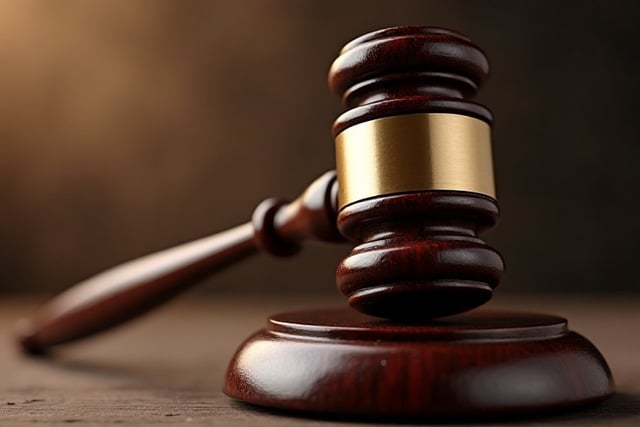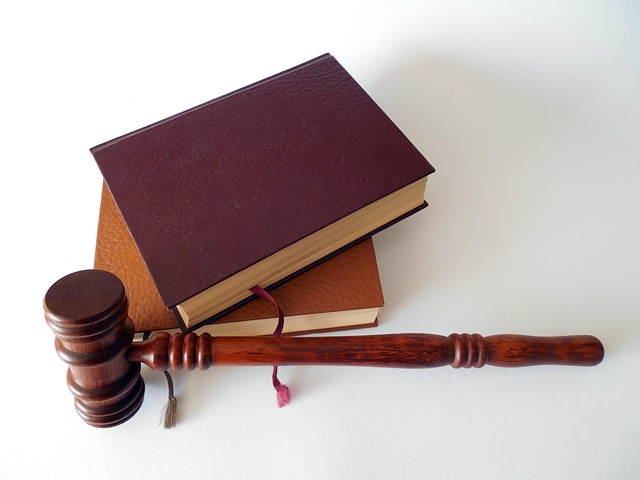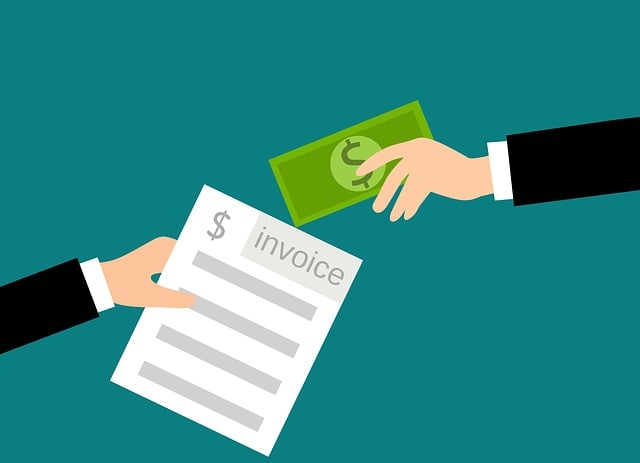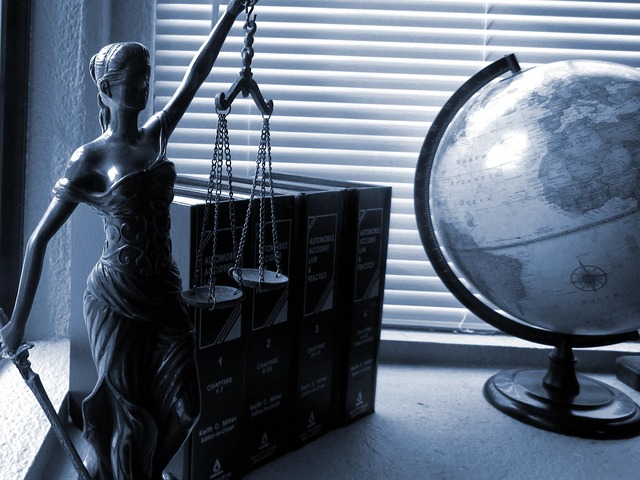Documenting pain and suffering after an accident is essential for compensation. Collect medical records, keep a journal, gather visual evidence, and get witness statements. Consult a lawyer specializing in personal injury claims for guidance. Comprehensive documentation strengthens your case for fair pain and suffering compensation.
After an accident, documenting pain and suffering is crucial for seeking fair compensation. This comprehensive guide offers essential tips on navigating the intricate process of recording and presenting your experiences. We explore understanding the legal significance of pain and suffering documentation, gathering compelling evidence to support your claim, and mastering the legal framework for maximizing reimbursement. By following these steps, you can ensure a robust case and secure the justice you deserve.
- Understanding Pain and Suffering Documentation
- Gathering Evidence for Compensation Claim
- Navigating Legal Process for Fair Reimbursement
Understanding Pain and Suffering Documentation
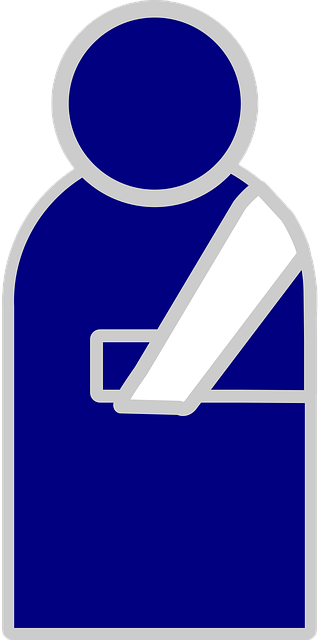
After an accident, documenting pain and suffering is a critical aspect of pursuing compensation for your injuries. Pain and suffering compensation aims to recognize and remunerate the physical, emotional, and psychological distress caused by the incident. This process involves meticulously recording various elements, including but not limited to, medical treatments received, prescribed medications, therapy sessions, lost wages due to inability to work, and any long-term disabilities or changes in lifestyle resulting from the accident.
Understanding the scope of pain and suffering documentation is crucial for several reasons. It helps ensure that your claim accurately reflects the extent of your injuries and their impact on your life. Moreover, it serves as evidence during legal proceedings, where a detailed record of your pain and suffering can strengthen your case for compensation, especially in situations involving medical negligence or fiduciary duty breaches, which might arise in diverse areas like real estate disputes.
Gathering Evidence for Compensation Claim
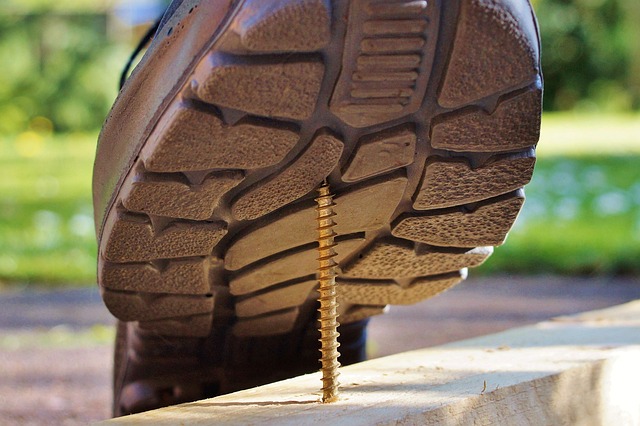
After an accident, documenting pain and suffering is a crucial step in pursuing compensation. Gathering evidence to support your claim is essential for ensuring you receive fair financial redress. This involves collecting medical records detailing your injuries, treatments, and recovery progress. Additionally, keep a detailed journal chronicling your daily experiences, including the intensity of pain, limitations in mobility or daily activities, and any emotional distress. Photos of your injuries, medical devices used for treatment, and any disability aids can also serve as compelling visual evidence.
Furthermore, seek statements from witnesses who observed your condition before, during, and after the accident. These accounts can corroborate your experiences and suffering. In case of complex cases involving caregiver negligence or insurance coverage disputes, it may be beneficial to consult legal professionals who specialize in personal injury claims. They can guide you through the process, ensuring all necessary evidence is gathered and presented effectively to support your pain and suffering compensation claim.
Navigating Legal Process for Fair Reimbursement

Navigating the legal process after an accident can be a daunting task, especially when dealing with pain and suffering compensation. The first step is to consult with a qualified attorney who specializes in personal injury cases. They will guide you through the complexities of your specific situation, ensuring you understand your rights and options for seeking fair reimbursement.
In many cases, individuals involved in auto accident injuries or wrongful death claims may be entitled to pain and suffering compensation beyond medical expenses and property damage claims. This compensation is designed to recognize and mitigate the physical, emotional, and psychological trauma experienced as a result of the accident. It’s crucial to document all relevant details, including medical reports, witness statements, and any evidence that highlights the extent of your injuries and subsequent struggles. This comprehensive approach will strengthen your case and increase the likelihood of achieving a favorable outcome.
Documenting pain and suffering after an accident is a crucial step in securing fair compensation. By understanding the process, gathering relevant evidence, and navigating the legal system effectively, victims can ensure their claims are robust and maximize their chances of receiving appropriate reimbursement for their hardships. This article has provided essential insights into these steps to help folks navigate their journey towards pain and suffering compensation.
